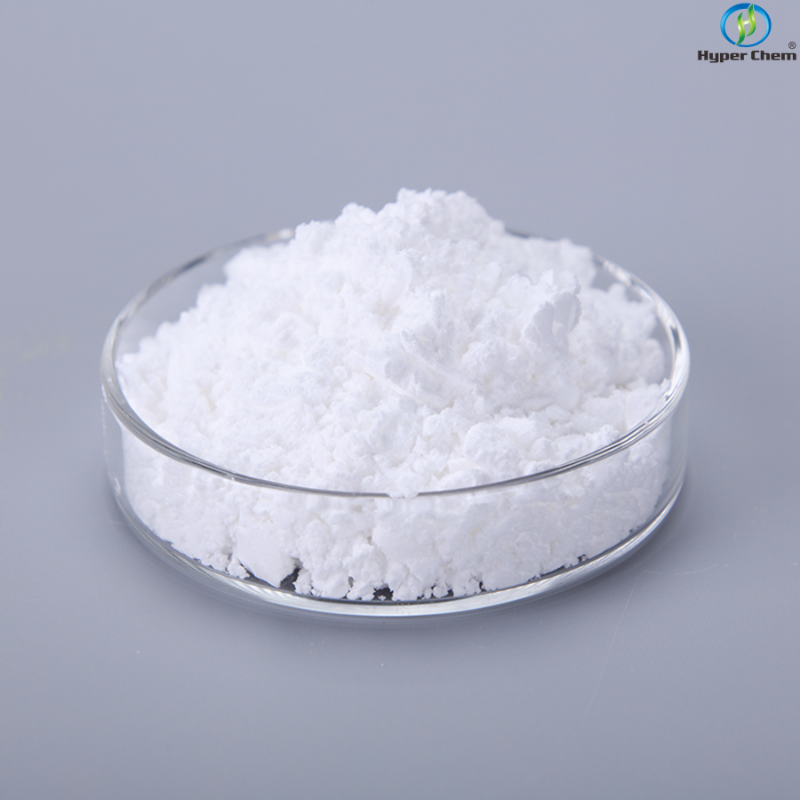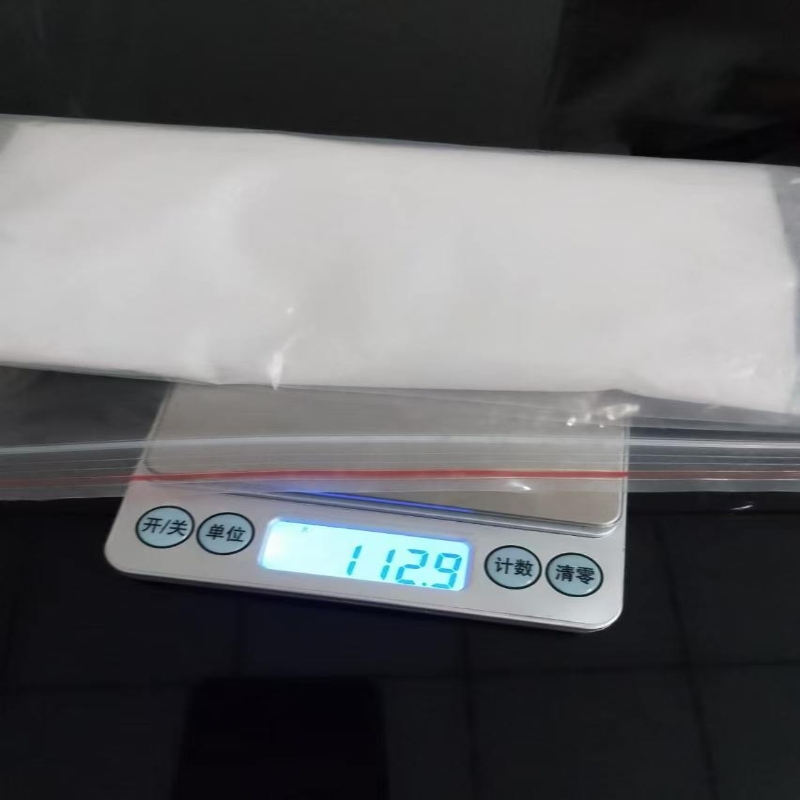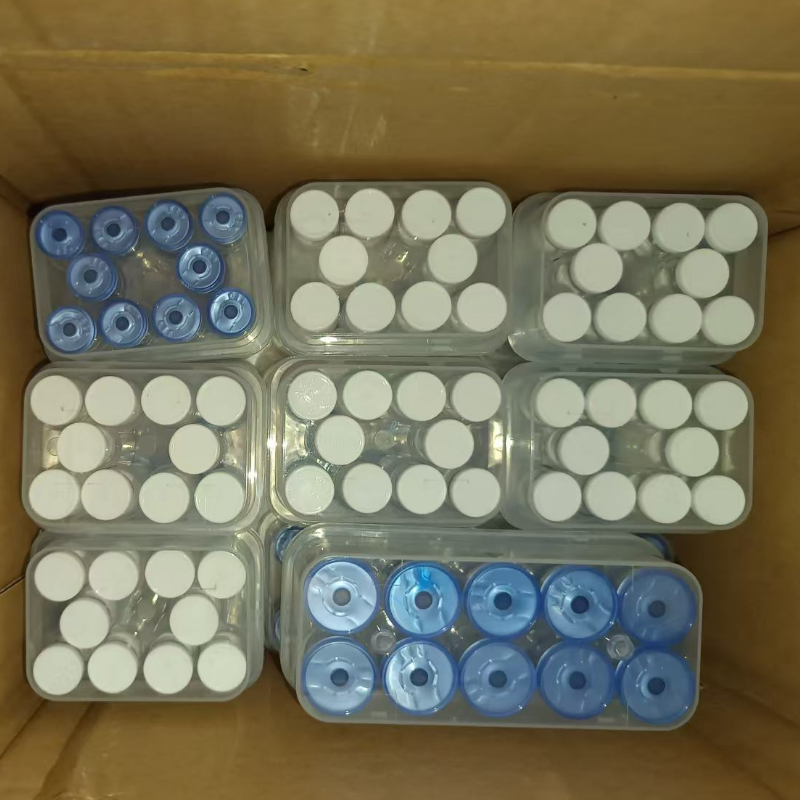-
Categories
-
Pharmaceutical Intermediates
-
Active Pharmaceutical Ingredients
-
Food Additives
- Industrial Coatings
- Agrochemicals
- Dyes and Pigments
- Surfactant
- Flavors and Fragrances
- Chemical Reagents
- Catalyst and Auxiliary
- Natural Products
- Inorganic Chemistry
-
Organic Chemistry
-
Biochemical Engineering
- Analytical Chemistry
-
Cosmetic Ingredient
- Water Treatment Chemical
-
Pharmaceutical Intermediates
Promotion
ECHEMI Mall
Wholesale
Weekly Price
Exhibition
News
-
Trade Service
Vemurafenib is a selective inhibitor of BRAF kinase, which is a protein that is involved in the regulation of cell growth and survival.
It is a potent and selective inhibitor of BRAFV600E, which is a mutant form of the BRAF protein that is found in many types of cancer, including melanoma, thyroid, and lung cancer.
Vemurafenib is currently approved for the treatment of advanced melanoma and has shown promising results in clinical trials for the treatment of other types of cancer.
There are several synthetic routes that can be used to synthesize vemurafenib.
One common synthetic route involves the coupling of 4-fluoro-2-nitroaniline with 4-chloro-2-nitroaniline in the presence of a strong acid catalyst, such as sulfuric acid.
This reaction results in the formation of 4-fluoro-2-nitroaniline, which is then converted to 4-chloro-2-nitroaniline through a series of chemical reactions.
Another synthetic route involves the reaction of 4-fluoro-2-nitroaniline with potassium tert-butoxide in the presence of a solvent, such as DMF (dimethylformamide).
This reaction results in the formation of 4-fluoro-2-nitroaniline, which can then be converted to vemurafenib through a series of chemical reactions.
Yet another synthetic route involves the reaction of 4-fluoro-2-nitroaniline with bromochloropropane in the presence of a strong acid catalyst, such as sulfuric acid.
This reaction results in the formation of 4-fluoro-2-nitroaniline, which is then converted to vemurafenib through a series of chemical reactions.
The synthetic routes for vemurafenib can be challenging and require specialized equipment and chemical handling.
The reaction conditions must be carefully controlled to ensure the desired product is obtained.
The purification of the product is also an important step in the synthetic process and can involve a series of chromatography techniques.
Once the vemurafenib has been synthesized, it can be further processed and formulated into a drug product.
This may involve mixing the drug with excipients, such as lactose or mannitol, to make it more bioavailable, and then filling it into capsules or tablets.
Vemurafenib is a valuable drug for the treatment of cancer, and its synthesis requires careful planning and execution.
The drug's unique mechanism of action and favorable safety profile make it an important tool in the fight against cancer.
As research continues, it is likely that new and better ways to synthesize vemurafenib will be developed, and this will help to ensure a stable supply of this important drug for the treatment of cancer.







